Best Seasons for Privacy Fence Installation
Understanding the optimal timing for privacy fencing installations can ensure the project proceeds smoothly and results in long-lasting, effective barriers. Factors such as weather conditions, soil stability, and seasonal demand influence the best periods to undertake fencing work.
Spring offers moderate weather conditions and longer daylight hours, making it ideal for outdoor construction projects like fencing.
Summer provides ample sunlight and warmth, but high temperatures and busy contractor schedules can cause delays.
Fall often presents cooler temperatures and less rainfall, which can be suitable for fencing projects before winter.
Winter may involve snow, freezing ground, and limited contractor availability, making it less ideal for installations.
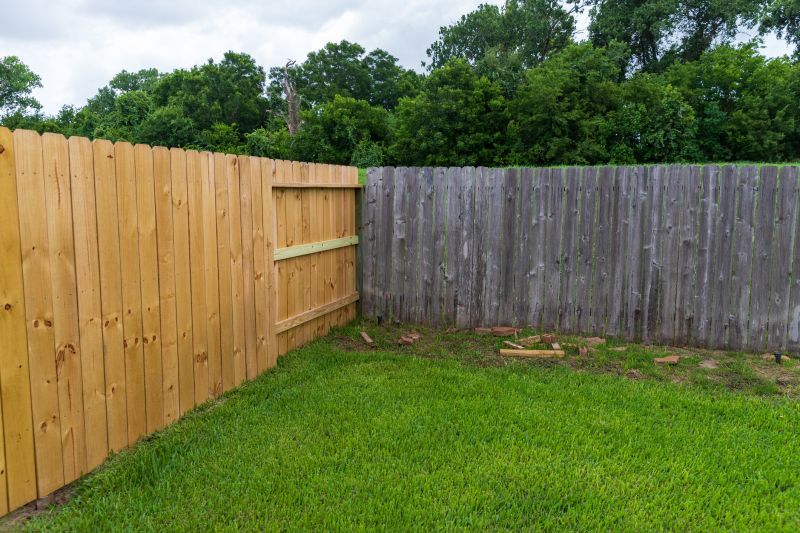
Spring allows for efficient installation with manageable weather conditions and soil conditions.
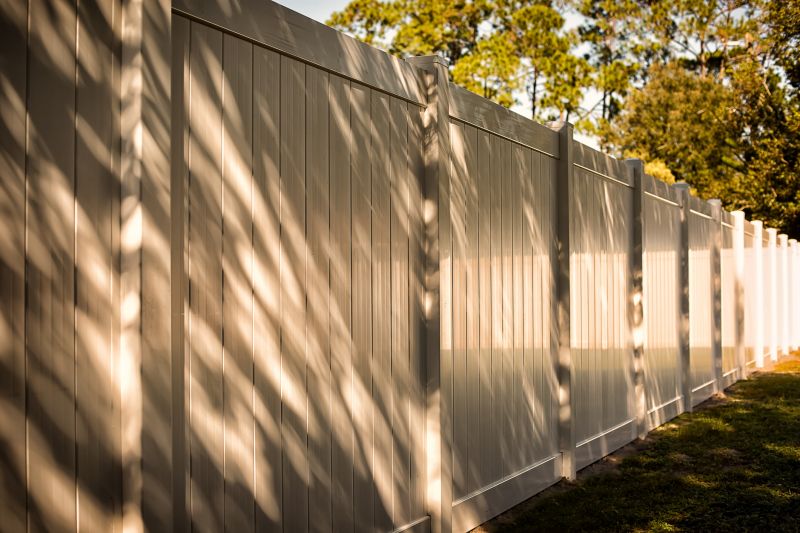
Summer offers extended daylight, but high temperatures require planning for worker safety.
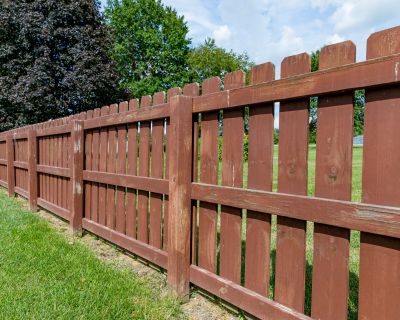
Fall provides cooler weather and less rain, suitable for outdoor construction before winter.

Ways to make Privacy Fencing Installations work in tight or awkward layouts.
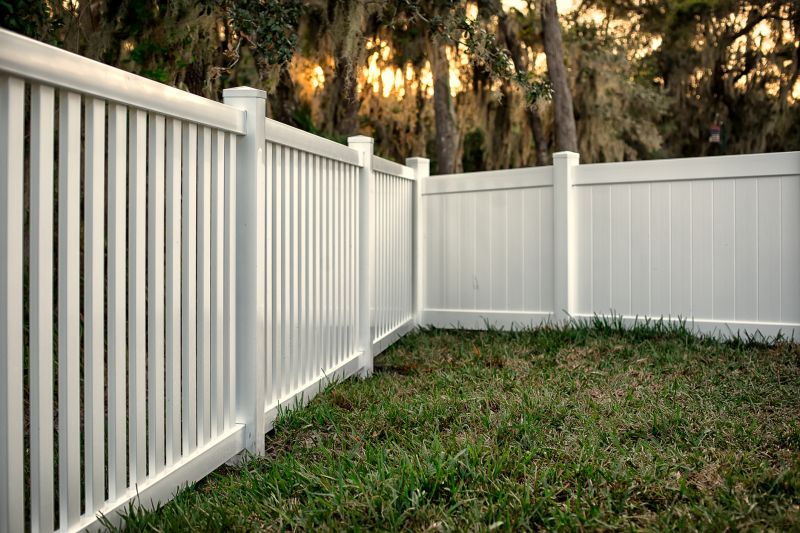
Popular materials for Privacy Fencing Installations and why they hold up over time.
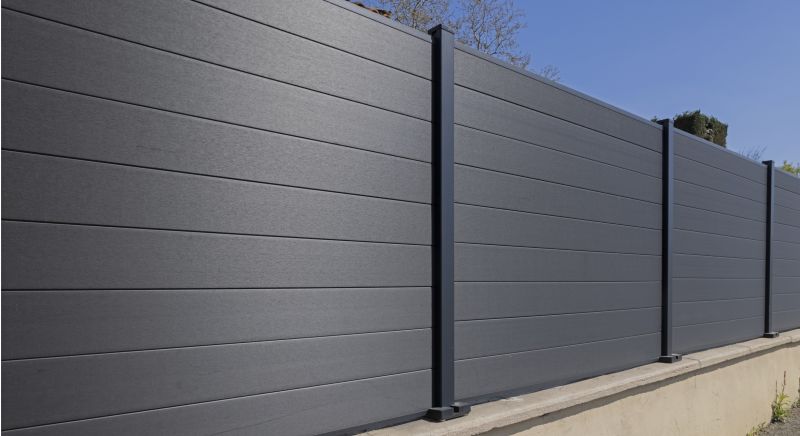
Simple add-ons that improve Privacy Fencing Installations without blowing the budget.
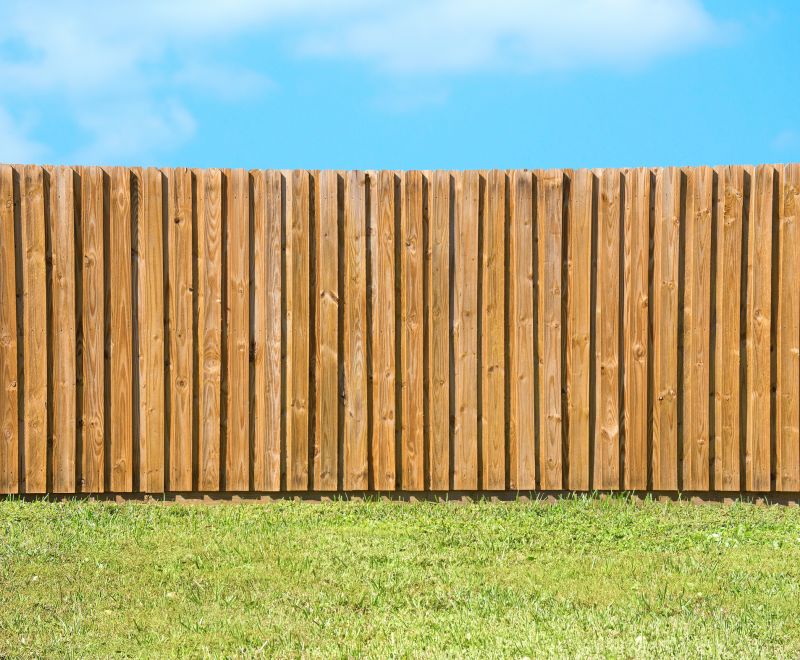
High-end options that actually feel worth it for Privacy Fencing Installations.

Finishes and colors that play nicely with Privacy Fencing Installations.
| Season | Ideal Conditions |
|---|---|
| Spring | Moderate temperatures, longer days, manageable soil conditions |
| Summer | Warm weather, longer daylight hours, higher demand |
| Fall | Cooler temperatures, less rain, good for scheduling |
| Winter | Snow, freezing ground, limited contractor availability |
Privacy fencing installations are influenced by seasonal weather patterns, soil conditions, and contractor schedules. Proper timing can prevent delays, reduce costs, and ensure the durability of the fencing. Planning during favorable weather minimizes issues like soil erosion, ground freezing, or excessive moisture, which can compromise the installation process.
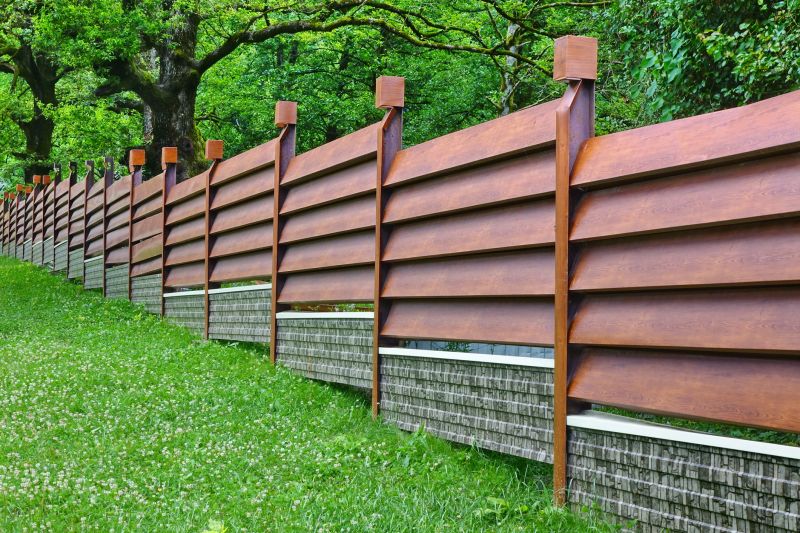
Optimal for moderate weather and soil conditions.
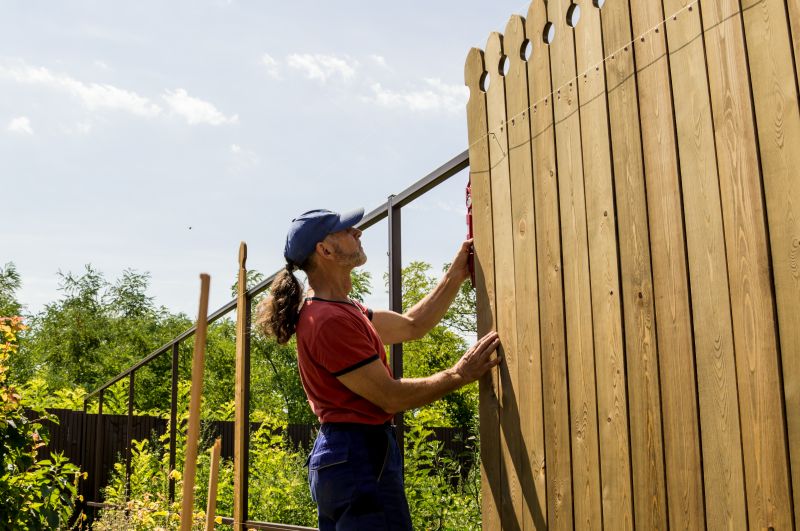
Requires planning around high temperatures.
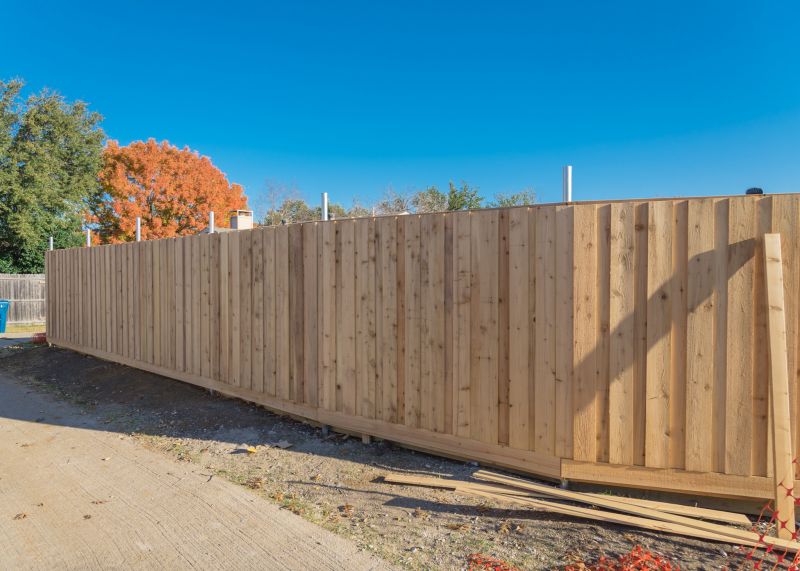
Ideal before winter with cooler, stable weather.
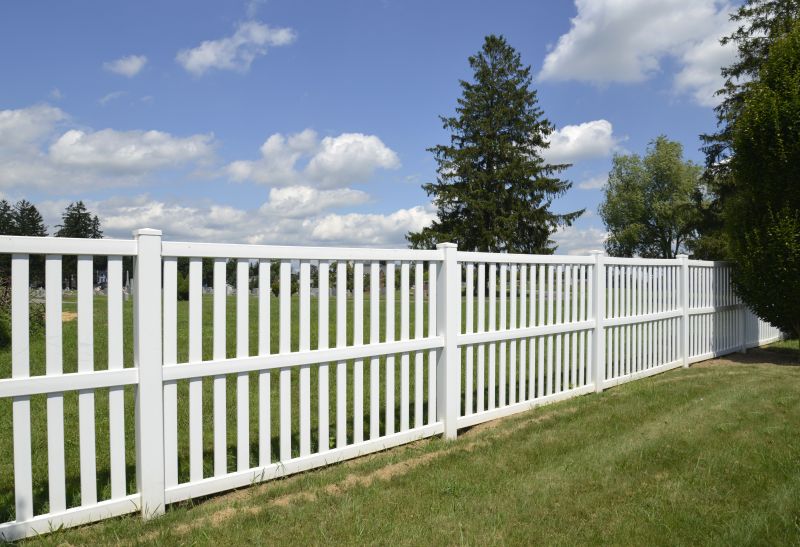
Limited suitability due to weather constraints.

A frequent mistake in Privacy Fencing Installations and how to dodge it.
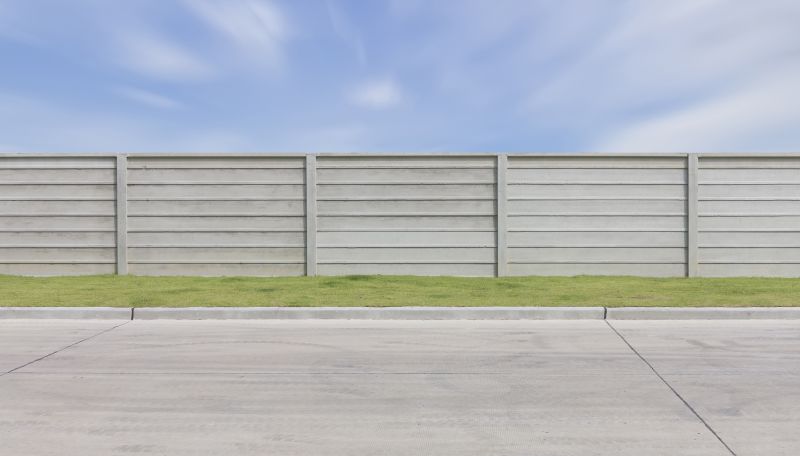
Small tweaks to make Privacy Fencing Installations safer and easier to use.
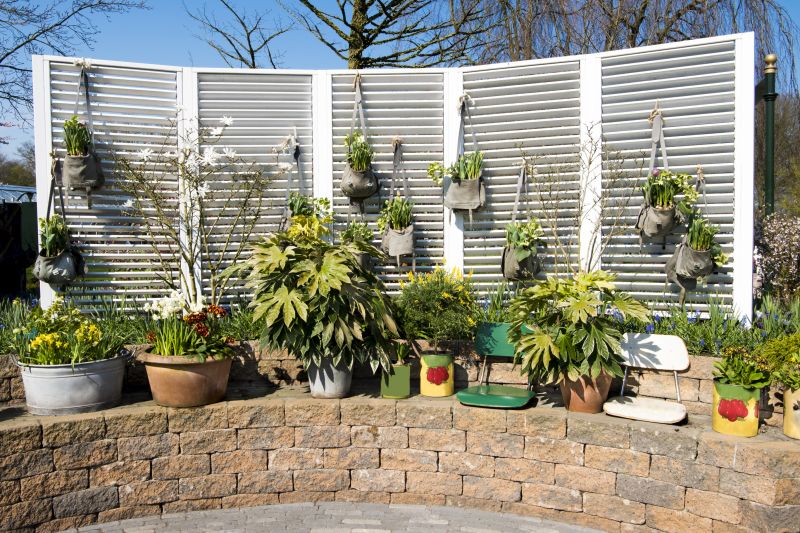
Lower-waste or water-saving choices for Privacy Fencing Installations.
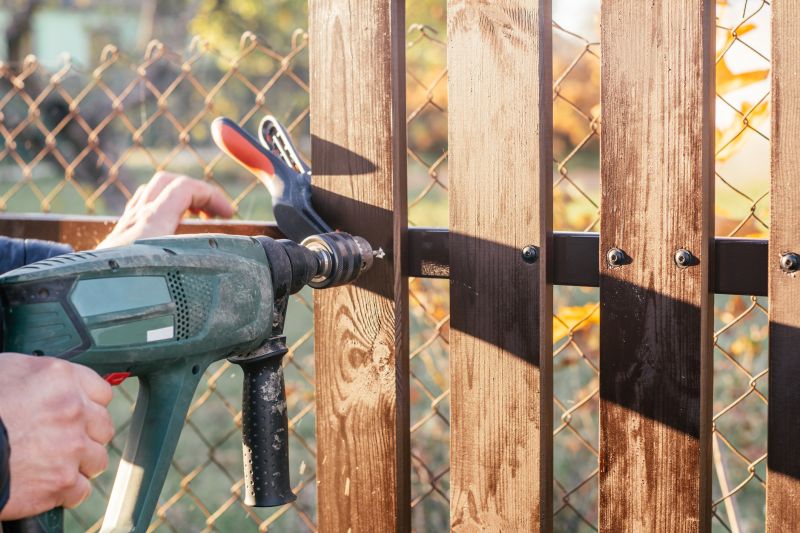
The short, realistic tool list for quality Privacy Fencing Installations.
Choosing the right time for privacy fencing installations can enhance project quality and longevity. Consulting with experienced contractors can help determine the most appropriate season based on local climate patterns and specific project requirements.
What is the best time to install a privacy fence?
How far in advance should fencing projects be scheduled?
Which fencing materials are best suited for different seasons?
How does weather affect installation timelines?
